RSN launches first multi-role combat vessel ‘Victory’, marking milestone in naval transformation
The Republic of Singapore Navy (RSN) has launched Victory, its first multi-role combat vessel (MRCV), at ST Engineering’s Benoi Shipyard. The 8,000-tonne vessel marks a key step in Singapore’s naval transformation, designed as a mothership for unmanned systems and built for modular adaptability.
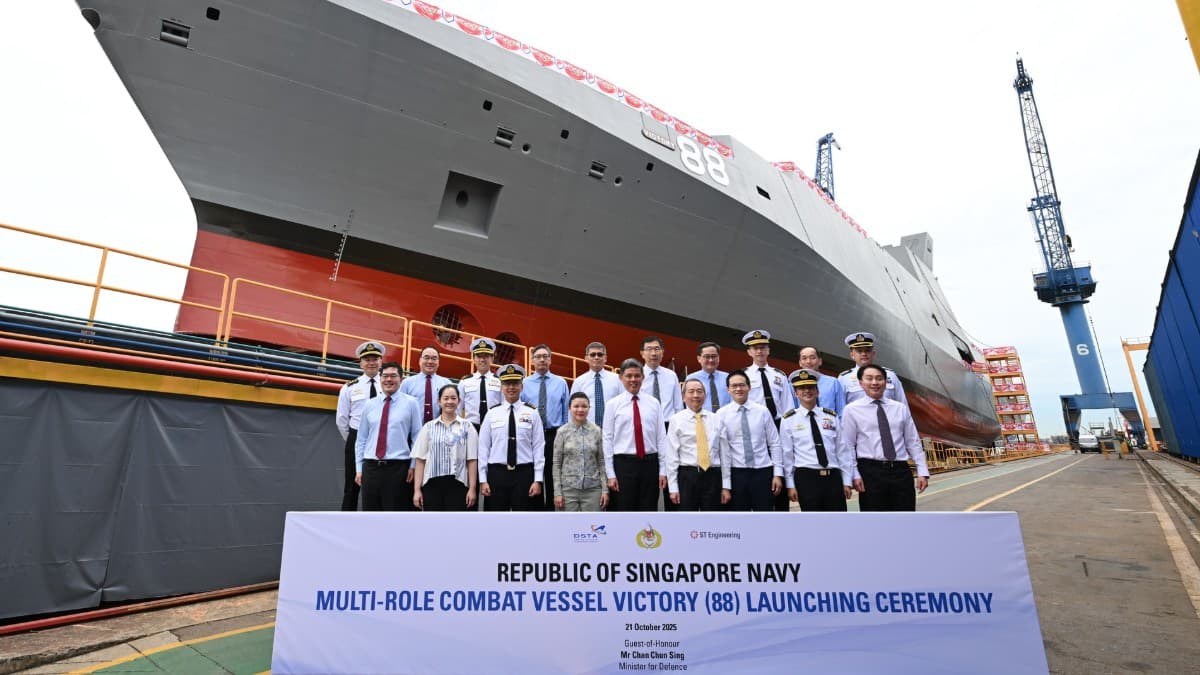
- The Republic of Singapore Navy (RSN) launched Victory, the first of six new multi-role combat vessels (MRCVs), designed as motherships for unmanned systems.
- The MRCV, the largest and most complex warship built in Singapore, replaces ageing missile corvettes from 1989.
- Built by ST Engineering, Victory features advanced automation, modular design, and extended range, reflecting Singapore’s move towards a digitally enabled defence force.
SINGAPORE: The Republic of Singapore Navy (RSN) launched its first multi-role combat vessel (MRCV), Victory, on 21 October 2025, at ST Engineering’s Benoi Shipyard.
The launch marks a major milestone in the navy’s fleet renewal programme, according to the Ministry of Defence (MINDEF).
Developed jointly by the RSN, the Defence Science and Technology Agency (DSTA), and ST Engineering, the MRCV is the largest and most complex warship built in Singapore.
It has been designed to serve as a “mothership” for unmanned aerial, surface, and underwater systems, enhancing naval operations and extending the RSN’s reach.
Modernisation and legacy
The new vessel will replace the navy’s ageing missile corvettes, which have been in service since 1989.
Six MRCVs will be progressively delivered from 2028 onwards, each retaining the names of the older ships to honour their legacy.
At the launch ceremony, Defence Minister Chan Chun Sing officiated the event, accompanied by Minister of State for Defence Desmond Choo, Chief of Defence Force Vice Admiral Aaron Beng, and Chief of Navy Rear Admiral Sean Wat.
Following naval tradition, the ship was launched by the Defence Minister’s wife as the official lady sponsor.
Technological advancement and digital design
According to ST Engineering, the MRCV’s design was refined through 3D modelling and digital twinning before physical construction began.
This digital-first approach reduced the need for costly prototypes, minimised design rework, and shortened production timelines.
The 150-metre-long, 8,000-tonne vessel will undergo further outfitting, integration, and sea trials at Gul Yard following the launch.
A pioneer crew of under 100 personnel will begin training to prepare for operational deployment in the coming years.
Enhanced capabilities and modular design
MINDEF stated that the MRCV’s operational range exceeds 7,000 nautical miles—double that of the Formidable-class frigates—while endurance extends beyond 21 days.
Capable of travelling at over 22 knots (approximately 41 km/h), Victory combines the combat capabilities of a modern frigate with the versatility of unmanned operations.
The vessel features advanced automation, allowing safe operation with fewer crew members.
For instance, the bridge can be manned by two personnel instead of five, while the engineering control centre requires just one operator instead of four.
The ship’s mission bay can accommodate up to eight modular containers, enabling rapid reconfiguration for various missions, including humanitarian assistance and disaster relief.
This adaptability reflects what Lieutenant-Colonel Auyong Kok Phai, deputy director of the MRCV project, described as “prudence” in defence spending.
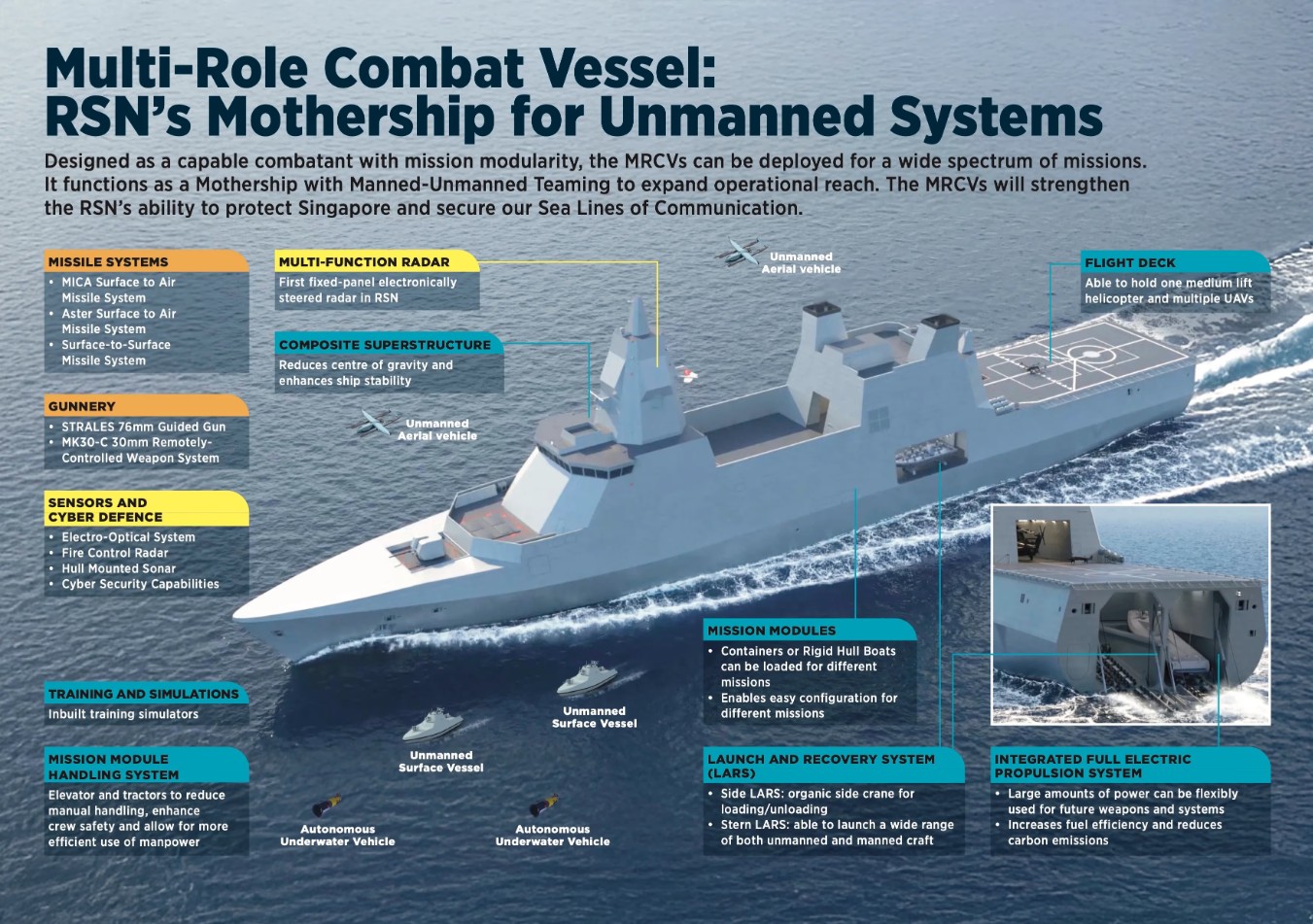
Command and combat systems
Equipped with advanced sensors and weapons, including the Strales 76mm guided gun and the ASTER surface-to-air missile system,
Victory is designed for high-end warfare and command operations.
It also integrates a DSTA-developed combat management system that synchronises sensors, weapons, and unmanned systems for coordinated missions.
Unmanned aerial, surface, and underwater vehicles deployed from the MRCV will extend its surveillance and operational capabilities, enabling one ship to perform missions that previously required multiple manned warships.
Evolving defence philosophy
In his address, Defence Minister Chan Chun Sing emphasised that Singapore’s strategic environment is growing more complex and dangerous, requiring new capabilities and approaches.
“In the past, the role of the navy was perhaps only to defend our near shores,” he said.
“But our strategic lines of communication extend much further today. The MRCV reflects how we must evolve as an integrated Singapore Armed Forces to secure them.”
He added that the modular design of the MRCV enables continual adaptation.
“No ship will be able to anticipate the operational needs for the next 30 years. What we need is a ship that can keep evolving with our operational requirements,” he said.


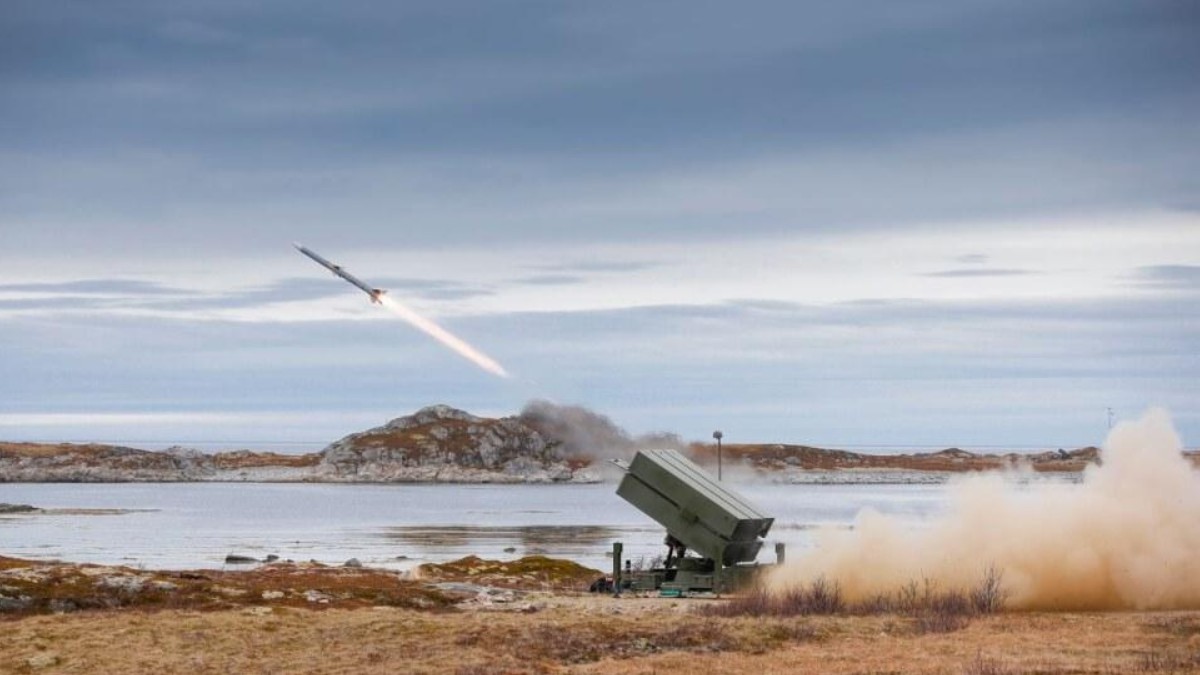
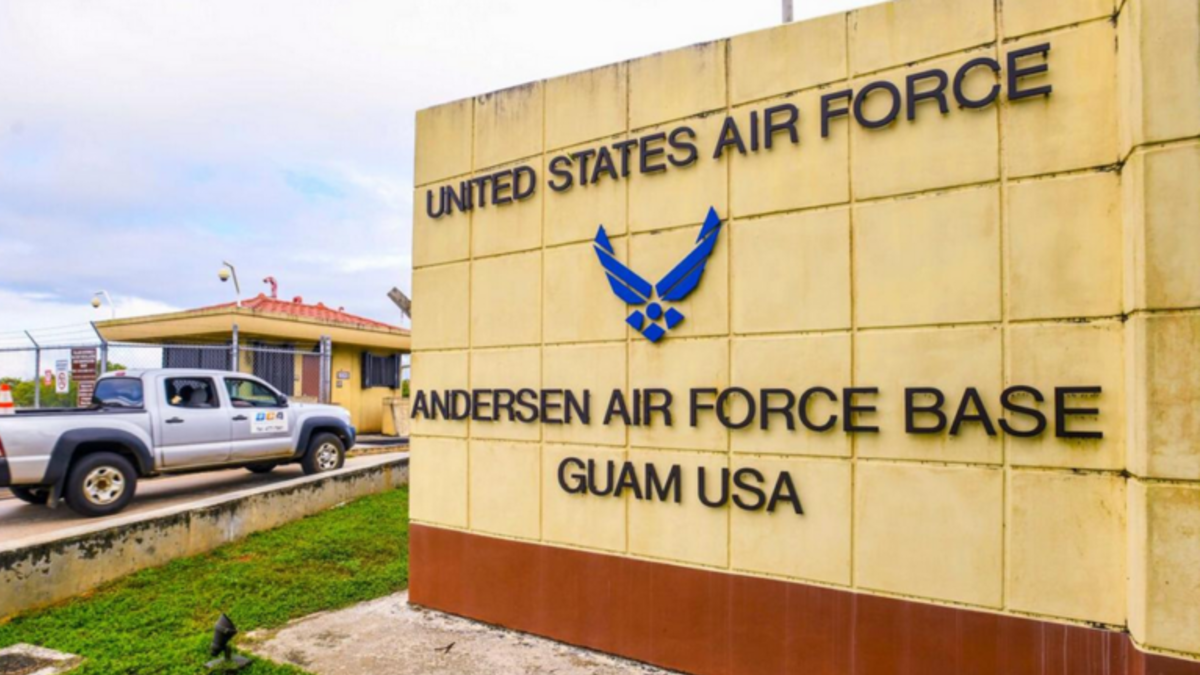
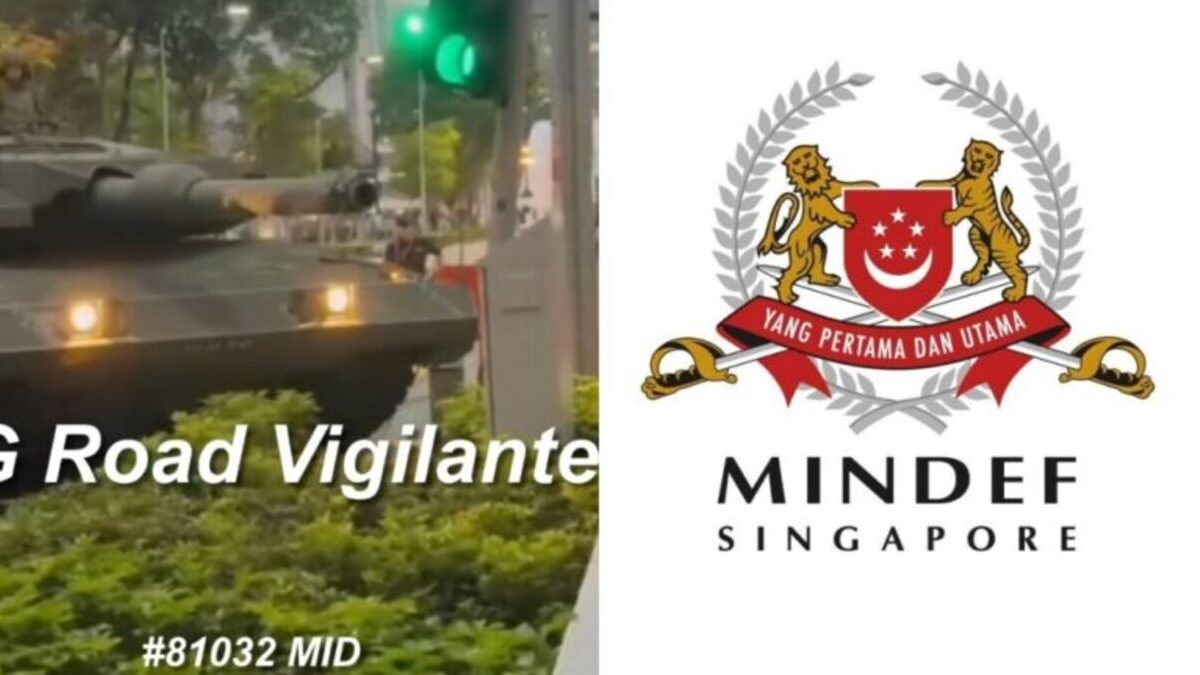
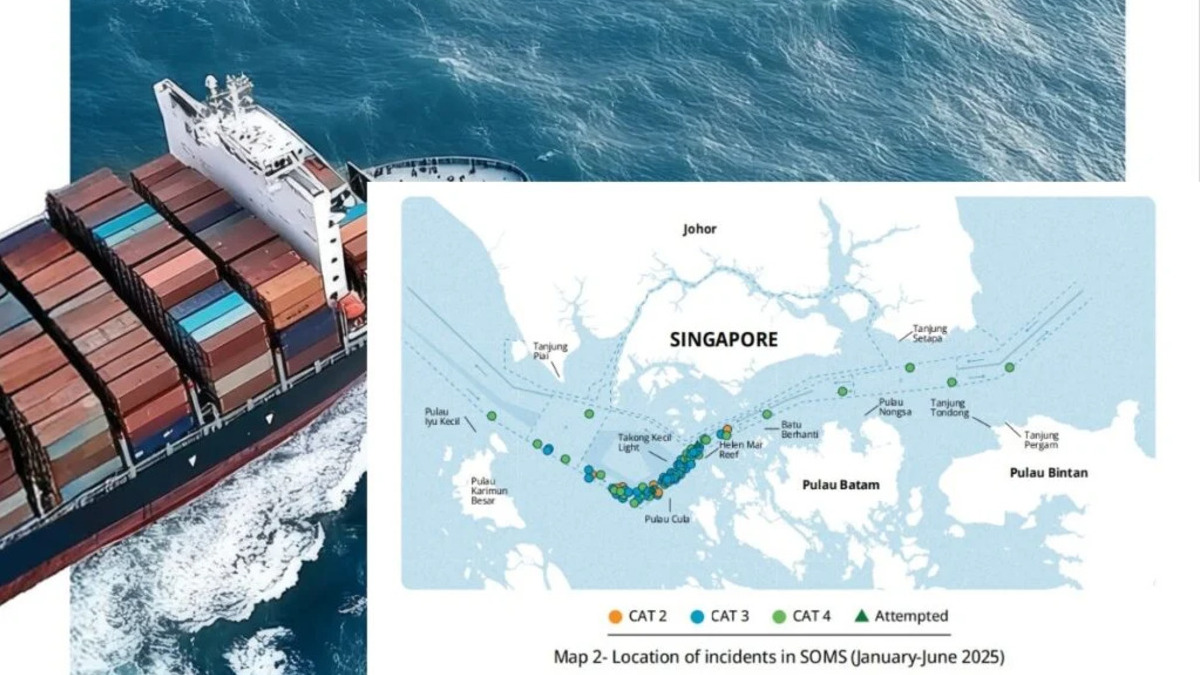
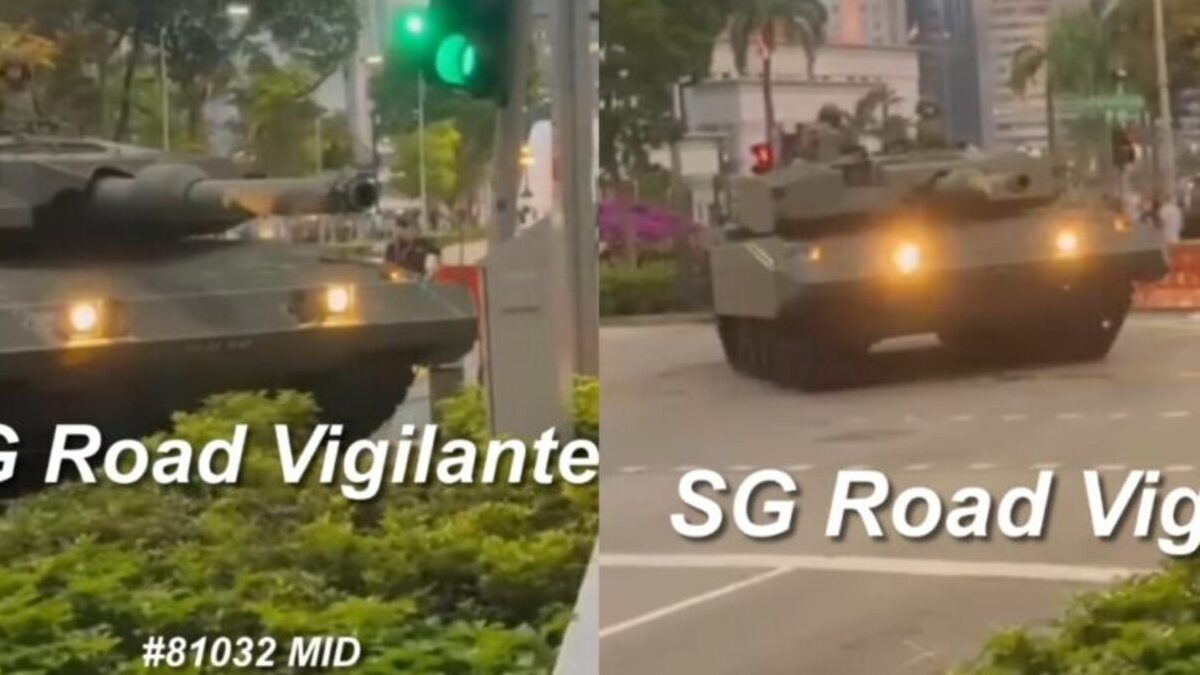
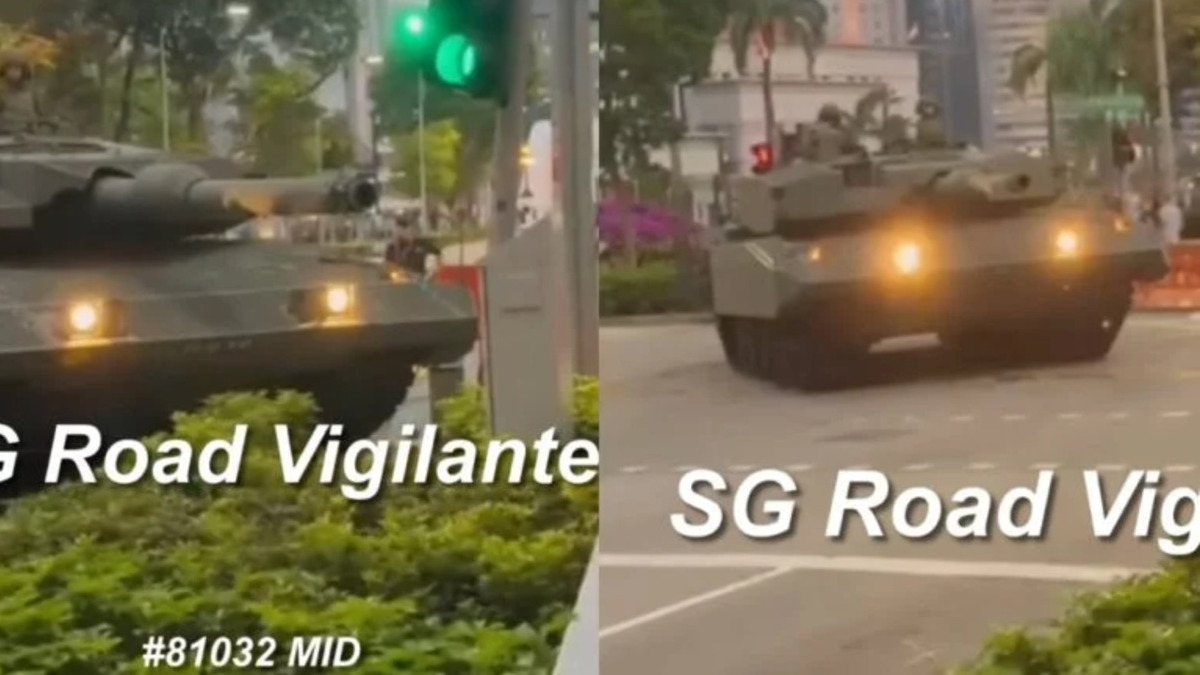
0 Comments